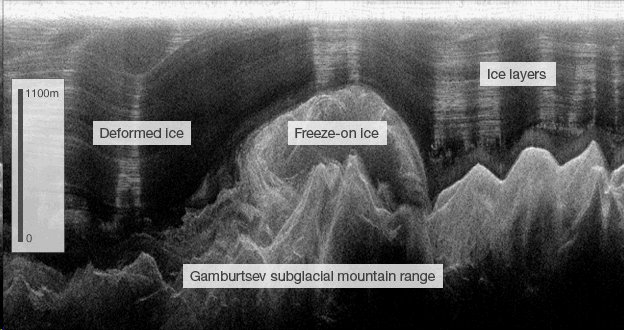On the trails of Roald Amundsen and Robert F. Scott.
Antarctica is a fascinating continent. Covered in ice and snow last century started out with a race to the geographical South Pole. It took until December 14th, 1911 that a human set foot on the South Pole. It took another 45 years that a station was established, celebrating the International Geophysical Year. This station is the base for researchers to get new insights in the ice.
During my research I found one particularly interesting fact about the South Pole ice sheet. We know that ice melts under pressure, so we can presume there is some process that preserves the width of the antarctic ice shield. For logical reasons personally, I would think that snow or other forms of precipitation contribute the main fraction of positive ice shield growth.
Those researchers have found that the big contributor to ice shield growth in the Antarctic. Water pressure forces liquid water up on obstacles. This water starts to freeze because of lack of pressure. Using radar they could estimate a contribution of about one fourth of the ice by this process. The upward force of this is strong enough to deform the overlying ice. See yourself in the picture below!
BBC on ice shield growth: http://amplt.de/arc71c
However, there is a reason for this little expedition to the South Pole. Now you can go to the South Pole yourself using Google Streetview. Just start out at the Ceremonial South Pole and click your way through over the white desert of ice. You can also start out at the youtube video they put together with some highlights!
Youtube: http://amplt.de/ytspol
Streetview: http://amplt.de/mapole
-JSD
via The Earth Story’s Facebook Wall
Jesper Dramsch
Latest posts by Jesper Dramsch (see all)
- Juneteenth 2020 - 2020-06-19
- All About Dashboards – Friday Faves - 2020-05-22
- Keeping Busy – Friday Faves - 2020-04-24

